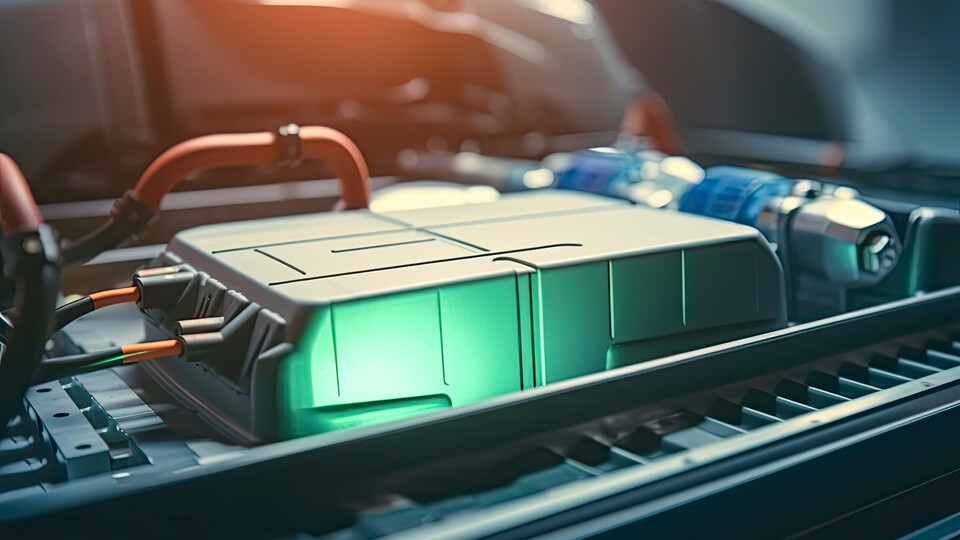Used lithium-ion batteries are not always a case for the recycling yard, as in many cases the batteries still have a usable storage capacity of 80 to 90 percent after their first life in an electric car. They can be used as energy storage for buildings or as power source for electric vehicles which require less energy, such as e-bikes or e-scooters. Since the battery accounts for a significant portion of the cost and emissions of an electric vehicle, battery manufacturers and car owners have an interest in a second life for the battery from an economic and environmental perspective.
For their new use, batteries must first be tested and evaluated. Up to now, guidelines for deciding whether a battery can be reused or must be recycled did not exist. Together with colleagues from Stanford University, Dr. Amadeus Bach and Professor Stefan Reichelstein, Ph.D., of the Mannheim Institute for Sustainable Energy Studies (MISES) at the University of Mannheim have developed a decision model to evaluate old batteries from an economic and technical point of view. The paper with the title “A Decision-Making Model for Retired Li-ion Batteries” was published in Social Science Research.
